Funding Options for Businesses
Every entrepreneur dreams of turning their vision into a reality. But that dream often collides with the harsh truth: businesses need money to function and grow. While using the cash reserves built up in the past offers complete control and avoids debt, this limits growth potential due to restricted capital access. This is where the world of business funding comes in, offering a diverse landscape of options to fuel your venture.
The three main funding mechanisms a business can use are debt financing, equity financing or grant funding.
Debt Financing:
This is the process of borrowing money from a bank or other lending institution. Businesses repay the debt with interest over a set period. Debt financing offers several advantages, including access to significant capital and the ability to retain ownership of the business. However, it also comes with the burden of debt and the risk of defaulting on repayments.
Common types of debt financing include:
- Bank Loans: These come in many forms such as;
- Working Capital Loans – A short term cash advance to bridge a temporary gap between a company’s incoming and outgoing funds.
- Mortgages – Utilising existing property as collateral to secure much needed funds or obtaining funds for the purchase of new property for expansion/eliminating the higher costs of renting.
- Asset Finance – Borrowing to purchase new assets such as machinery and vehicles or using existing assets as collateral to borrow funds for other needs.
Loan terms can range depending on the business’s requirements. This can provide predictability for budgeting and repayment planning, as your monthly payment tend to remain constant. Typically, the loans will be secured against business assets.
- Personal and family loans: Borrowing from loved ones can be a great way to get your business off the ground. They may be more willing to offer you favourable terms, such as lower or no interest rates, compared to a traditional bank loan. However, there's also a significant downside. If your business struggles, it can strain your personal relationships if your friends or family lose money on their investment.
- Lines of Credit: An example of a line of credit would be a bank overdraft. The lender approves you for a maximum borrowing limit. This is the total amount of credit you can access at any given time. You only borrow what you need, up to the approved limit. This provides greater operational flexibility, allowing you to access funds as needed to cover unexpected expenses and seasonal fluctuations in working. You only pay interest on the amount you borrow, not the entire credit limit.
- Revolving credit: This is a line of credit that remains open after making payments. An example of this would be a credit card. Credit cards offer a simpler and quicker way to access funds for your business needs. Approval is often faster than securing a bank loan, and you have the flexibility to use the money as needed without having to justify every expense. This can be helpful for covering unexpected costs or managing cash flow. However, the convenience of credit cards comes at a price. Interest rates on business credit cards can be very high, making borrowing expensive in the long run if they are not paid off in full every month. Additionally, credit card limits are typically lower than what you could get with a bank loan, which may limit how much you can access for larger expenses.
- Invoice financing: Invoice financing allows a line of credit to be accessed which is secured against your accounts receivables balances. This allows you to access funds as soon as a sale has been made, but before a customer has made a payment. There are two common products offered;
- Invoice discounting is effectively a loan against your accounts receivables balance whilst still having the responsibility of colleting payment for the invoice. This has the advantage of customers not knowing you have this facility.
- Invoice factoring is where outstanding invoices are sold to a third party at a discount who will then collect the payment from the customer. Unlike invoice discounting, your customers will be aware of this facility as they will make payments directly to the third party.
Both of these products are particularly useful for businesses facing slow-paying customers or those who do not wish to wait the invoice period term can leverage invoice factoring to unlock immediate cash.

Equity Financing:
In this approach, businesses sell shares (equity) in the company to investors in exchange for capital. Equity financing provides access to larger sums of money compared to debt, but it also dilutes ownership and gives the entering investors a say in the company's direction. Common forms of equity financing include:
- Angel Investors: These are wealthy individuals who provide capital to early-stage businesses. Angel investors often come with valuable industry experience and can offer mentorship and guidance in addition to funding. They typically invest in start-ups with high growth potential and are willing to take on significant risk for the possibility of substantial returns. This type of financing is crucial for start-ups that may not yet qualify for bank loans or venture capital. Investors in early-stage businesses and start-ups may be eligible for the lucrative Seed Enterprise Investment Scheme (SEIS) and the Enterprise Investment Scheme (EIS). These offer attractive tax reliefs for investors in exchange for investing in early-stage businesses. Exploring these options alongside the above can provide a valuable funding mix for a start-up journey.
- Venture Capitalists: Venture capital firms or funds invest in high-risk, high-reward start-ups with the potential for substantial returns. They provide not only capital but also strategic support, resources, and industry connections. Venture capitalists usually look for innovative companies in technology, healthcare, and other rapidly growing sectors. Their investment often comes in stages, known as rounds, allowing them to support the company through various growth phases. In return, they seek significant equity stakes and often a seat on the company's board of directors.
- Private equity: More mature companies can look to private equity firms for funding. Typically, private equity firms make an equity investment providing additional working capital for the development of the business. Private equity firms typically wish to exit from their investment after four years.
- Public Offering (IPO): An Initial Public Offering (IPO) involves selling shares of the company to the public on a stock exchange. This process allows a company to raise significant capital from a wide range of investors, including institutional and retail investors. Going public can enhance the company’s visibility and credibility but also requires compliance with strict regulatory requirements and ongoing disclosure obligations. The company becomes subject to market pressures and investor scrutiny, which can influence its strategic decisions and long-term goals.

Grant funding:
Awarded by government agencies or other publicly funded bodies, they are used to fuel business growth across a wide range of industries. Whether you are a budding entrepreneur or a seasoned business owner, there might be a grant out there to fit your needs. However, it is important to remember that each grant comes with its own set of rules. Eligibility criteria, funding amounts, and the types of activities supported can differ significantly. Be prepared to do your research and tailor your application to meet the specific requirements of each grant program.
Innovative Funding Options
The financial landscape is constantly evolving, offering new mechanisms for businesses to secure funding. Some noteworthy options include:
- Crowdfunding: Businesses raise capital by collecting small investments from a large pool of individuals through online platforms.
- Revenue-Based Financing: Investors provide capital in exchange for a percentage of the company's future revenue.
- Sale and leaseback:
An asset is sold to a third party then leased back by the company. Ownership is transferred to the third party who then receive rental payments. This allows the company to receive cash from the sale of the asset while still retaining the benefit of using the asset.

Choosing the Right Funding Mechanism
The best funding mechanism for your business depends on several factors, including:
- Stage of Development:
Start-ups typically rely on equity financing or personal loans, while established businesses may utilise debt or revenue-based financing.
- Funding Needs: The amount of capital required will influence the choice of mechanism. Bank loans may be suitable for smaller needs, while debt or venture capital cater to larger requirements.
- Risk Tolerance: Debt financing involves repayment obligations, while equity financing dilutes ownership. Consider your risk appetite when making a decision.
- Industry and Business Model: Certain industries have preferred financing methods. For example, tech start-ups often rely on venture capital, while established businesses may utilise debt financing.
- Control: Equity investments reduce the control you have over your business. If this is something you do not want to relinquish then debt financing or grant funding might be better options.
Securing funding is a critical step in any business journey. By understanding the various mechanisms available and carefully considering your specific needs, you can make an informed decision that fuels your venture's growth and propels it towards success. Remember, there is no one-size-fits-all approach. Explore the options, weigh the pros and cons, and choose the path that best aligns with your vision and financial goals.
Have a need to discuss your business’s vision and goals? At Friend Partnership we believe that knowledge fuels success.
Contact us today to find out how we can help your business thrive.

The year’s best staged production? Critical Acclaim for Melting Pot Productions’ Paranormal Activity

Friend Partnership is a forward-thinking firm of Chartered Accountants, Business Advisers, Corporate Finance and Tax Specialists, based In The UK
Share this page:




